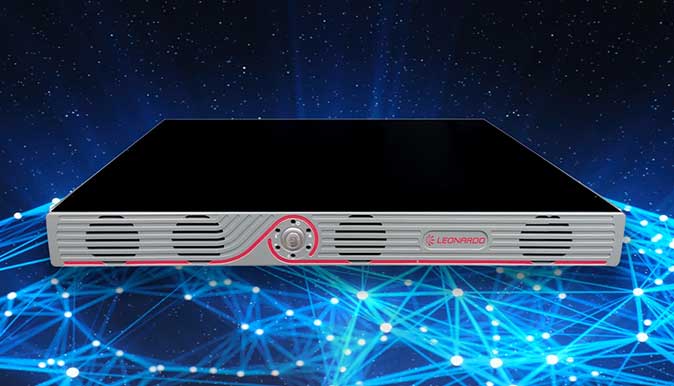Interoperability at the Core
Building Flexible,Scalable Critical Communications Networks In critical communications, interoperability is not just a technical goal—it is the...
1 min read
Leonardo May 24, 2017 7:51:00 AM

Whether your aging LMR system is facing obsolescence or a merger is driving a need for one common communications system, you’re likely not going to buy analog again
Digital LMR systems offer increased capacity plus features like call priority, call forwarding and ambient listening.
But if you’ve worked with an analog system for a long time, you likely have some concerns about the transition to digital. Here are some tips to help make the switch:
Start by asking some foundational questions:
Often, the need for a new solution comes down to unifying communications across multiple operating groups, improving coverage and increasing capacity.
Traditionally, you’d lease T1 circuits from a telephone company, but telephony is also transitioning to all digital and IP. As a result, the circuits you once used to link sites are difficult to find, expensive and unreliable.
This means that when transitioning away from legacy equipment, you must take into consideration making digital upgrades to link your sites for reliable capacity and coverage. Likewise, if your sites haven’t been touched in 15 years, remediation work must be done.
Historically, LMR linking systems were designed in a star network. Contemporary LMR systems lend themselves to distributed topology. When redesigning your linking system, linear or other topologies should be considered.
Software-centric LMR technology can bridge older analog technology to digital, configuring the system to meet your cutover planning criteria for who, where, when and how. Some formulations for rollout include “talk group to talk group” or “work group by work group.”
LMR manufacturers that don’t offer a software-centric solution for your system network sell based on the products they have rather than your capacity and coverage needs.
With a digital LMR solution, you aren’t locked into one system. You can marry digital to analog based on your current needs and requirements. Plus, because the software easily expands its capabilities through configurations, it evolves alongside your needs.
Discover even more benefits of a digital LMR solution based on open standards.

Building Flexible,Scalable Critical Communications Networks In critical communications, interoperability is not just a technical goal—it is the...

In today's fast-paced world, having a reliable and robust emergency communication system is crucial for public safety and operational efficiency.
We're thrilled to announce that Leonardo's Jim Collum has been invited to join the prestigious EWA Technical Solutions Committee, a testament to his...